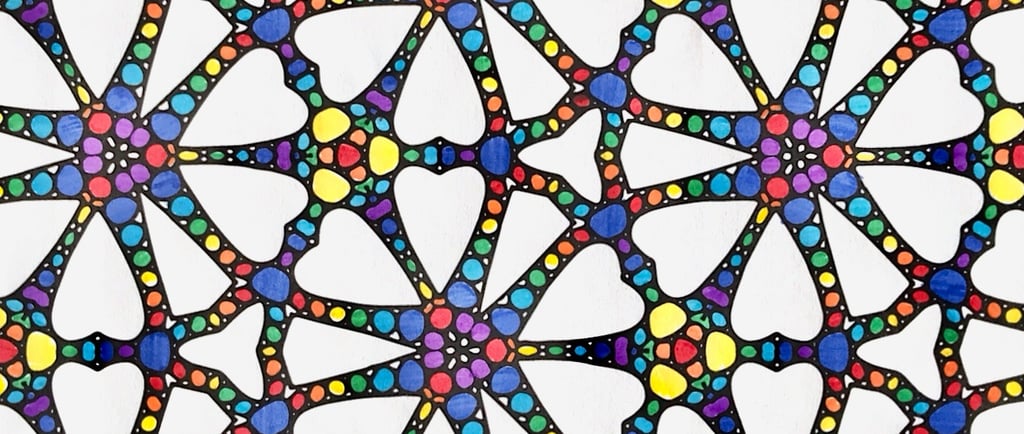The Neuroscience of Colour: How the Brain Translates Light into Emotion (and Why Your Favourite Hue Isn’t Just Random)
Dive into the fascinating neuroscience behind colour perception and emotional response. Discover how your brain turns light waves into feelings, moods, and maybe even your coffee preference.


Colour: The Brain’s Mood DJ
Ever wonder why a splash of yellow can brighten your mood or why gloomy grey skies feel like a personal insult? That’s your brain turning photons into feelings faster than you can say “blue Monday.”
Colour isn’t just pretty; it’s a full-on neurological performance where light meets wiring, chemistry, and a little bit of evolutionary swagger. Let’s unpack the science behind how your brain transforms colour into emotional playlists and why your favourite colour might be your brain’s way of sending you an RSVP to a secret mood party.
Step 1: Catching the Light - The Eye’s Role in Colour Reception
When light hits your eye, it’s like a VIP concert entrance. Photons pass through the cornea, lens, and land on the retina - the brain’s front-row seats for visual spectacle.
Here, millions of photoreceptor cells called cones (and their less glamorous cousins, rods) detect light wavelengths. Cones are the colour VIPs:
S-cones: Sensitive to short wavelengths (blues)
M-cones: Medium wavelengths (greens)
L-cones: Long wavelengths (reds)
They team up to create the full spectrum of colours you see, mixing light like an expert bartender crafting your emotional cocktail.
Step 2: The Brain’s Colour Interpreter - Visual Cortex and Beyond
Signals from the retina take a lightning-fast trip to the visual cortex at the back of your brain, where basic colour processing happens. But the real magic occurs when these signals journey to the limbic system - your brain’s emotional HQ.
Here’s where colour stops being just light and starts being feeling. The limbic system links colours to memories, moods, and even survival instincts. That fiery red? It’s not just for stop signs, it might subconsciously prime your brain for alertness or passion.
Step 3: Colour Meets Emotion - The Neurological Dance
Neuroscience shows colours can influence:
Heart rate and blood pressure (reds and oranges can rev things up; blues and greens tend to chill the system)
Neurotransmitters like dopamine and serotonin, which regulate happiness and calm
Attention and cognitive performance - some hues help focus; others inspire creativity or relaxation
This brain-colour-emotion triad is why artists, marketers, and even interior designers obsess over every shade because colour literally shapes experience.
Why Your Favourite Colour Isn’t Just a Fad
Your favourite colour often reflects your brain’s unique wiring and emotional landscape. Some scientists suggest people gravitate toward hues that help them regulate mood like choosing a personal emotional thermostat.
So when you insist on wearing black, or always paint your room blue, your brain might be quietly cheering you on for self-soothing or focus.
A Quirky Colour Brain Fact to Drop at Parties
Did you know that even blind people can have favourite colours? It turns out the brain’s emotional and symbolic connection to colour goes beyond direct visual input showing just how deeply colour is woven into our psyche.
The Colourful Symphony Inside Your Head
The next time you catch yourself feeling mellow in blue or fired up by red, thank your neurons for the hard work. Colour isn’t just decoration; it’s your brain’s way of tuning the emotional volume and setting the mood lighting for your life.
And maybe, just maybe, it’s why your morning coffee mug’s colour matters more than you thought.






